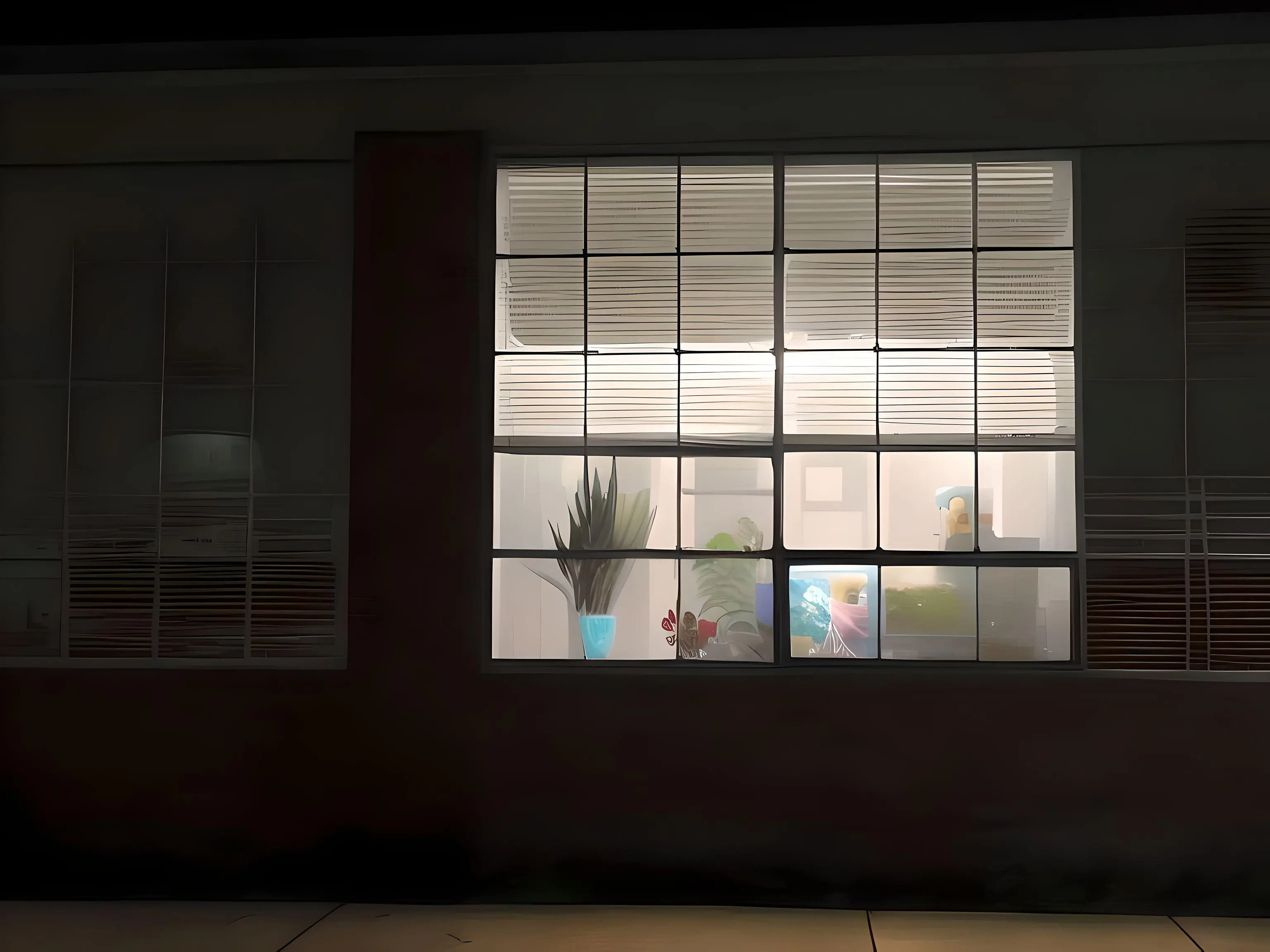Terrifying
They really did go for the “horror movie about to go very wrong” aesthetic when they made those videos, didn’t they.
Yeah, what’s up with the music?
Sounds like the creepy in-mission music in the original X:COM
they could have gone so many different directions. nutcracker. river dance. yackety sax…
Seriously?
“Hey, this thing looks kinda creepy, what’s with the creepy music?”
deleted by creator

We really are obsessed with replicating any and all sci-fi cautionary tales, aren’t we?
It’s the Torment Nexus dilemma.
I’m currently using ChatGPT to develop code that I intend to incorporate into my latest version of Roko’s basilisk v0.17.13

This kind of thing could actually be really beneficial for prosthetics. If we can make a robot that functions as close as possible to a human body at human size, then we can chunk it up to make prosthetics that work like your original limbs and are easy to adapt to.
Science isn’t about why, it’s about why not!
Now we can have people twitching while hanging from the ceiling without having to hunt them in back alleys! Progress!
Think of the savings in cleaning supplies!
That’s weird they decided to publish this with creepy horror-style sounds.
There is another video, showing only the torso. It has no music, but the actual sound and this is not even less terrifying https://youtu.be/gl0GnzPIOl4

Posted this the last time I saw this article, but it seems to be even more relevant for this video.
We DO have the spear of Longinus available, right? RIGHT?
Not much gets to me, but this shit is fucked up. I bet the people who work on these have horrible nightmares.
Pretty sure I’ve seen this one in a Silent Hill game
I see they are prepping for the live action QWOP movie.
Let’s ensure we also make household robots unreasonably strong and durable. We don’t want shotgun wielding humans to be able to disable one, or barricade in a house.
Maybe a weird aside, but what does this mean?
pushing fluid at 40 standard liters per minute.
Are there “liters” other than the 10cm x 10cm x 10cm definition?
Volume changes based on temperature and pressure. So when we reference volume measurements like for flow rates, we typically do the math to adjust those to standard temperature and pressure. Standard pressure is 1 atm but standard temperature varies based on who you’re talking to because of competing standards. It’s usually 25 C or 20 C.
When we want to reference the non temperature and pressure corrected volume, we append actual to it so that people know what the measurement is. Some people don’t do that and that causes confusion for others using their work if the reading is standard or actual.
You mean the flow rate of a volume of liquid? What are you confused about exactly?
They’re asking why it’s “standard litres per minute”, instead of just “litres per minute”
Oh, well yeah Standard liters per minute or SLM, specifically refers to flow rates measured in the U.S.
So the “other” measurement would evidently be Europes “Normal liters per minute”.
What the difference is, I couldn’t tell you.
Bravo scientists for realizing how creepy this is and saying, let’s lean into it.
I don’t like living in the future as much as young me thought I would.
“At long last, we have created the Torment Nexus from classic sci-fi novel Don’t Create The Torment Nexus”
A 500-watt electric pump serves as the robot’s “heart,” pushing fluid at 40 standard liters per minute.
As usual, when you read the article you stumble upon a gigantic technical hurdle. 😕
EDIT: And I’m not against the technology. I’m all for prosthetics and humanoid robots for menial work.
Just imagine the possibilities if full human-pike prosthetics are developed. Think of people who have lost their arms or legs, suddenly being able to walk again.
(And of course, applied robotics for sex bots 😉)
human-pike prosthetics
Now you’re talking!
What good is a housekeeping robot if it can’t break a cavalry charge?

Ummm…. Nobody wants this. Rosie Jetson is the ideal household helper.
Someone on reddit had the idea that people working on this thing are probably recording audio logs onto individual USB-sticks, which they then leave scattered all over the facility.












